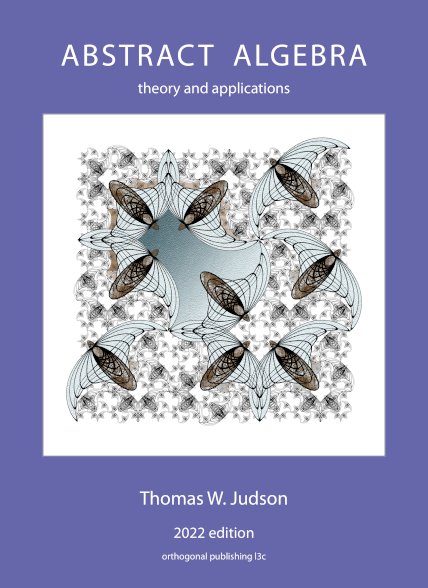To prove this theorem, we will employ the method that we used to construct
Example 21.2. Clearly, we can assume that
is an irreducible polynomial. We wish to find an extension field
of
containing an element
such that
The ideal
generated by
is a maximal ideal in
by
Theorem 17.22; hence,
is a field. We claim that
is the desired field.
We first show that is a field extension of We can define a homomorphism of commutative rings by the map where for It is easy to check that is indeed a ring homomorphism. Observe that
and
To prove that is one-to-one, assume that
Then is a multiple of since it lives in the ideal Since is a nonconstant polynomial, the only possibility is that Consequently, and is injective. Since is one-to-one, we can identify with the subfield of and view as an extension field of
It remains for us to prove that has a zero Set Then is in If then
Therefore, we have found an element such that is a zero of

